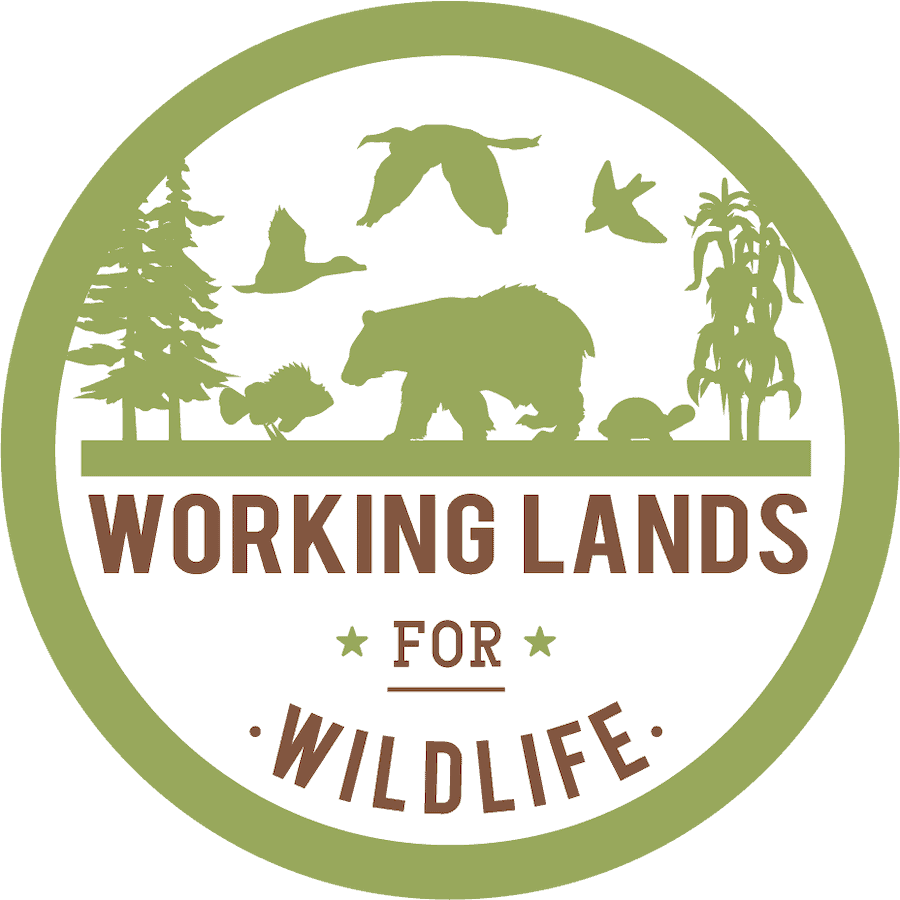-
 Overwintering behavior reduces mortality for a terrestrial turtle in forests managed with prescribed fire
Overwintering behavior reduces mortality for a terrestrial turtle in forests managed with prescribed fire
-
Using radiotelemetry, we studied overwintering behavior and interactions with fire in a forest-dwelling terrestrial turtle, the Eastern Box Turtle (Terrapene carolina carolina), over an eight-year period at two sites that use prescribed fire in forest management.
Located in
Resources
/
Research
/
Products
-
SE FireMap Phase II: Developing the Decision Support System Webinar
-
A free and open webinar for practitioners and the public to learn about the Southeast (SE) FireMap and next steps in its development as an operational decision-support tool for resource managers. In this next phase, the SE FireMap aims to provide up-to-date information to support fire management and conservation efforts. Representatives from USDA-NRCS, Tall Timbers Research, and USGS lead the webinar.
Located in
SE FireMap 2.0
/
Webinars
-
Growing-Season Prescribed Fires and Ground-Nesting Birds: Answers for Longleaf Restoration
-
This presentation will look at the science behind the use of fire during the "lightning season" (the months of April – July) and its effects on ground-nesting birds such as quail and Bachman’s sparrow.
Located in
Learning & Tech Transfer
/
Training Resources
/
Inbox
-
USDA Forest Service Prescribed Fire
-
Prescribed fires, also known as prescribed burns or controlled burns, refer to the controlled application of fire by a team of fire experts under specified weather conditions to restore health to ecosystems that depend on fire.
Located in
Prescribed Burning
/
Overview
-
NRCS Prescribed Burning
-
Prescribed burning is applying controlled fire to a predetermined area of land.
Located in
Prescribed Burning
/
Overview
-
U.S. Fish & Wildlife Service Fire Management
-
The U.S. Fish & Wildlife Service has assumed a leadership role in the use of fire to maintain and support healthy ecosystems. The Service has traditionally led DOI agencies in using prescribed fire to reduce dangerously overgrown vegetation, known as "hazardous fuels," keeping lands in good condition while accomplishing the most with the least funding.
Located in
Prescribed Burning
/
Overview
-
National Park Service Wildfires, Prescribed Fires, and Fuels
-
The National Interagency Fire Center (NIFC), located in Boise, Idaho, is the nation's support center for wildland firefighting. Eight different agencies and organizations are part of NIFC. Decisions are made and priorities set through close interagency cooperation. The National Park Service’s Division of Fire and Aviation Management (FAM) is located at NIFC and is the National Park Service’s national office that provides policy guidance, management, and oversight for the Wildland Fire Management, Structural Fire Management, and Aviation Management programs in the national parks.
Located in
Prescribed Burning
/
Overview
-
 Opportunities for Research on Carbon Sequestration in Longleaf Pine Ecosystems
Opportunities for Research on Carbon Sequestration in Longleaf Pine Ecosystems
-
As a result of the Fact Sheet on Opportunities for Research on Carbon Sequestration in Longleaf Pine Ecosystems by Kevin Robertson, Ph.D., Fire Ecology Research Scientist, Prescribed Burning has been added to the USDA Climate Smart Priorities List for FY24.
Located in
Prescribed Burning
/
Practitioner Information
-
LANDFIRE office hour chats
-
Located in
Fire Mapping
/
National Fire Mapping
/
Landfire
-
Monitoring Trends in Burn Severity Interactive Viewer
-
The MTBS program was established to provide a consistent methodology to assess and document the effects of fire at a national scale. Since the program’s inception in 2005, MTBS mapping methods have evolved to accommodate changes and advancements in technology, software, satellite data and the availability of reliable fire occurrence data. It is anticipated these methods will continue to evolve into the future, however, the MTBS mapping approach has consistently occurred in five primary steps: 1. Fire Occurrence Data Compilation; 2. Landsat Scene Selection and Image Pre-processing; 3. Perimeter Delineation; 4. Burn Severity Interpretation; and 5. Data Distribution.
Located in
Fire Mapping
/
…
/
Other National Fire Mapping
/
Monitoring Trends in Burn Severity























